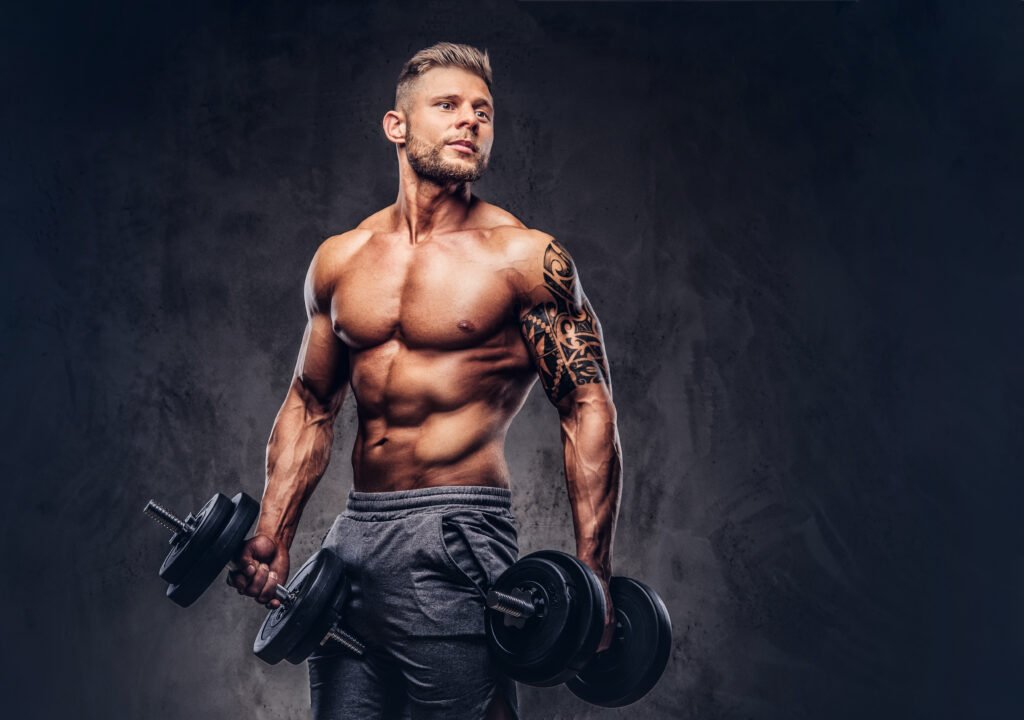Fitness is not just about having six-pack abs or being able to run a marathon. It’s a holistic approach to living better, feeling stronger, and thriving both physically and mentally. With increasing awareness of lifestyle diseases, stress-related disorders, and sedentary living, the concept of fitness has evolved into a vital pillar of health and well-being.
In this comprehensive guide, we will explore the foundations of it, break down key components, debunk common myths, and provide actionable steps that anyone — regardless of age, gender, or experience — can implement to lead a fitter life.
Understanding Fitness Holistically
It is broadly defined as the ability to perform physical activity. But true fitness extends far beyond. It encompasses:
- Cardiovascular endurance
- Muscular strength and endurance
- Flexibility and mobility
- Body composition
- Mental and emotional well-being
The Five Pillars:
- Physical Health – A resilient cardiovascular system, powerful muscular structure, and highly efficient organs working in harmony for optimal health.
- Nutritional Health – A nutrient-rich, balanced diet paired with proper hydration supports energy levels, organ function, metabolism, and overall vitality.
- Mental Health – Emotional stability and reduced stress contribute to mental clarity, hormonal balance, better sleep, and overall psychological resilience.
- Functional Fitness – Enhanced strength, flexibility, and endurance enable individuals to carry out daily tasks efficiently and without physical discomfort or fatigue.
- Spiritual/Inner Fitness – Cultivating mindfulness, a strong sense of purpose, and inner peace leads to emotional resilience and holistic mental well-being.
Setting Realistic Fitness Goals
Every fitness journey starts with a goal. Goals keep you motivated, focused, and committed.
SMART Fitness Goals:
- Specific: Lose 10 pounds, not just “lose weight.”
- Measurable: Track progress using logs or apps.
- Achievable: Don’t aim to run a marathon in a week.
- Relevant: Align with your life needs.
- Time-Bound: Set deadlines.
Nutrition and Fitness – Partners in Progress
You can’t out-train a bad diet—no matter how intense your workouts are. Proper nutrition provides essential fuel, aids recovery, supports muscle growth, and ensures your body performs optimally both during exercise and throughout daily life.

Macronutrients:
- Proteins – Essential for muscle repair.
- Carbohydrates – Main energy source.
- Fats – Needed for hormone regulation and joint health.
Micronutrients:
- Vitamins (A, B, C, D, E, K)
- Minerals (Iron, Magnesium, Calcium, Zinc)
Hydration:
- Water is crucial for muscle function, digestion, and temperature regulation.
- Daily intake: 2-3 liters depending on activity level.
Types of Exercise for a Balanced Routine
A well-rounded fitness routine includes the following key components: cardiovascular training for heart health, strength training for muscle and bone density, flexibility exercises for joint mobility, balance work for stability, and adequate rest for recovery and performance.
1. Cardiovascular Exercise:
- Running, cycling, swimming
- Benefits: Heart health, calorie burning
2. Strength Training:
- Weightlifting, bodyweight exercises
- Benefits: Increased metabolism, bone density
3. Flexibility and Mobility:
- Yoga, dynamic stretching
- Benefits: Injury prevention, improved range of motion
4. Balance and Stability:
- Pilates, Tai Chi
- Benefits: Core strength, coordination
5. Recovery:
- Foam rolling, massage, rest days
- Benefits: Muscle repair, reduced fatigue
Creating Your Fitness Plan
Step-by-Step Plan:
- Assess your current fitness level.
- Define clear, personal goals.
- Choose activities you enjoy.
- Schedule workouts into your calendar.
- Track your progress.
- Review and adjust monthly.
Weekly Template:
- Monday: Full-body strength training
- Tuesday: Cardio + core
- Wednesday: Rest or light stretching
- Thursday: Upper body focus
- Friday: Cardio (HIIT or steady state)
- Saturday: Lower body + flexibility
- Sunday: Active rest (walking, yoga)
Staying Consistent and Motivated
Tips for Staying On Track:
- Workout with a buddy
- Hire a coach or trainer
- Use apps (MyFitnessPal, Strava, etc.)
- Celebrate small wins
- Mix up routines to avoid boredom
Overcoming Plateaus:
- Increase workout intensity
- Try new training styles
- Focus on nutrition
- Get adequate rest
Different Life Stages
Children and Teens:
- Encourage play-based physical activity
- Limit screen time
Adults (20s to 40s):
- Focus on performance and aesthetics
- Manage work-life balance

Middle Age (40s to 60s):
- Prioritize joint health and flexibility
- Incorporate regular health screenings
Seniors (60+):
- Focus on mobility, balance, and independence
- Light strength and walking routines
Myths Debunked
- Myth: “You need to work out every day to see results.”
- Truth: Recovery is as important as training.
- Myth: “Lifting weights makes women bulky.”
- Truth: Women have lower testosterone levels and won’t bulk easily.
- Myth: “More sweat equals more fat loss.”
- Truth: Sweating is about temperature control, not fat burn.
Mind-Body Connection
It isn’t just about the body—it’s also a mental journey. Mental strength builds discipline, drives consistency, and helps overcome challenges, making it possible to stick to your goals even when motivation fades or obstacles arise.
Benefits of Exercise on Mental Health:
- Reduces anxiety and depression
- Boosts mood and energy
- Improves sleep
- Enhances cognitive function
Mindfulness Practices:
- Meditation
- Breathwork
- Journaling
Tools and Resources
- Apps: Fitbit, Nike Training Club, Headspace
- Wearables: Apple Watch, Garmin
- Online Communities: Reddit Fitness, MyFitnessPal Forums
- Books:
- “Bigger Leaner Stronger” by Michael Matthews
- “Atomic Habits” by James Clear
The Lifelong Commitment
Fitness is a marathon, not a sprint. It’s about creating sustainable habits that support a vibrant, healthy life. Whether you’re a beginner taking your first steps or a seasoned athlete aiming to level up, the journey is ongoing and deeply rewarding.
Start today. Stay consistent. Evolve always.
This article is designed to provide evergreen fitness guidance for individuals of all fitness levels. For personalized advice, always consult a certified fitness or medical professional.



One thought on “The Fitness Tour 2025: Unlock Your Health, Strength & Longevity Naturally”